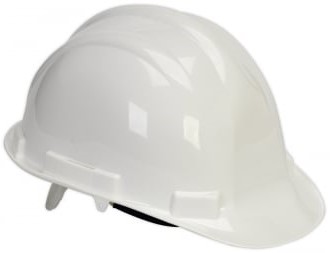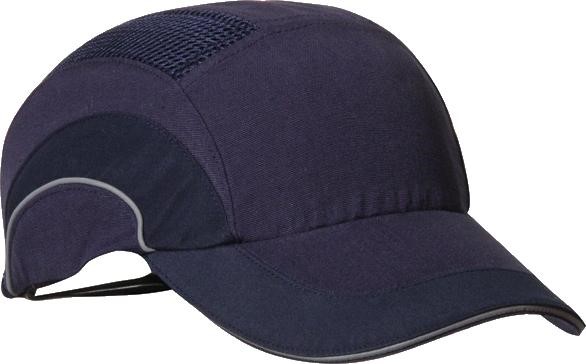Head Protection
The two main types of head protection worn on construction sites are Safety Helmets, which are covered by EN397 and Bump Caps which are covered by EN812. The primary purpose of safety helmets is to protect the wearer against injuries to the head due to falling objects, in many instances construction site specific risk assessments will identify wearing of a safety helmet as mandatory on site. Bump caps, on the other hand, generally offer less protection than safety helmets and are therefore banned on many construction sites. They are, however, designed to protect against bumps and scrapes to the head caused by low ceilings or hanging objects and offer more versatility than safety helmets. Bump Caps are usually adopted by maintenance engineers while working in boiler rooms.
EN397 and EN812 outline the properties of the head protection and how it is marked. To meet these standards the helmets must pass a series of tests; impact resistance, found in table 1, and penetration resistance, found in table 2. For safety helmets the equipment must pass additional design requirements for head coverage and the field of vision of the wearer.
Both EN397 and EN812 will be marked with the standard number, make and model identification, the size or size range, year and month of manufacture and an informative label with any specified wording. In addition to this, EN397 will also be marked with the shell material, whereas this will not be marked on EN812. EN812 will, however, be marked to show that they are tested at -20˚C or -30˚C for use at very low temperature. Additional optional markings for both EN397 and EN812 can be found in table 3.
When selecting head protection always ensure that all hazards associated with the task have been considered. |
||||||||||||||||||||||||||||||||||||||||
(All information correct as of 1st December 2018)


